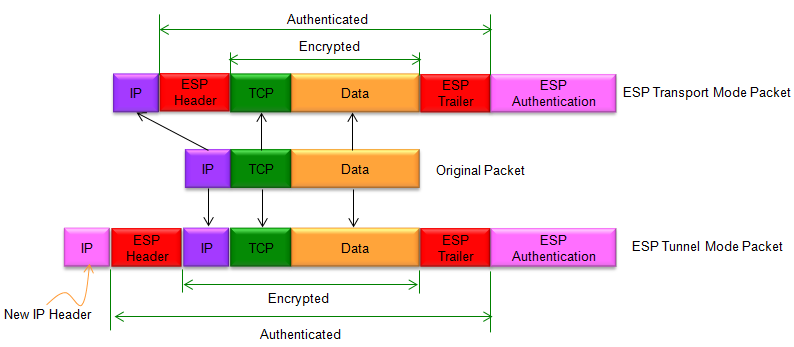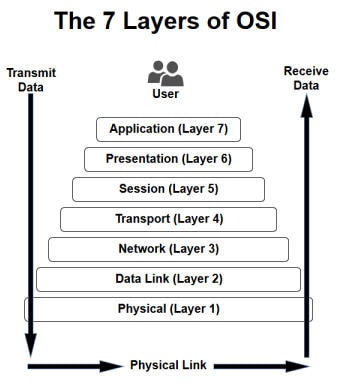When designing your multi site WAN, bandwidth is a powerful tool. The more you have available the better you are. Having access is the long pole in the tent.
Circuits are composed of loops and ports so it’s important to know within what POPs carriers have their facilities, as well as, what company owns and operates the last mile access in the area. That’s not so hard when you have one or two sites but designing a network over a large domestic or international expanse increases that complexity exponentially.
Using layer 3… plain ole internet service… can be very cost effective, secure, and efficient if implemented and managed properly. Here are three reasons some of our customers have been moving away from older network design.
COST
Traditionally, point to point connections had distance sensitive pricing but that traditional TDM network has become flat. Peering agreements are an expense for carriers and that cost is built into your price of the internet circuit. Carriers don’t pay peering costs for layer 2 connections on their own network. That makes design via MAN segments a sound strategy for regionally clustered office deployments with latency sensitive requirements. Going layer 3 makes the carrier diversity a non-issue with TCO flattening out over time for less latency sensitive applications like voice and basic web conferencing.
SECURITY
Cloud based VPN concentrators from Azure, AWS, and Google Cloud are very effective at securing data. (Click here to learn more about AWS EC2 VPC limits) The availability of bandwidth makes cloud providers much more popular driving down the cost of functionality of all sorts with the *aaS service model more attractive than ever. Running your data through a cloud based VPN concentrator can be a cost effective way to securely flatten out your network. If you’re connecting market data terminals and exchanges we need to have a different conversation. Sure connecting via layer 1 or 2 is more secure but if that’s your concern, new compliance requirements will also ‘suggest’ you encrypt that data as well. Device Management platforms are sufficient for mobile data but that’s outside the gate.

VOICE
Back in the day people used T1s to connect offices together so their phones could communicate. That changeover to MPLS which allowed for quality of service for voice calls with lower latency than internet. Today thats basically unnecessary. There is so much bandwidth available that VoIP providers and customers just go over the internet. We host whole phone systems in the cloud… not just use a cloud based phone provider, now we can even put the whole phone system in AWS or Azure and connect via SIP trunks. This was seen as an impossibility as recently as within the current decade. Voip was a dirty word just a few years back now everyone wants a soft phone and hardly anyone picks up their desk phone.
In sum, the things you need to consider are your a) budget, your b) latency sensitive applications (voice being the most commonly used) along with their level of sensitivity, and c) your security requirements. With that said, the long pole in the tent is still access. Geography will impact your decisions at a level that is out of your control but within management. If you need help, you can always get an Ogre in your inbox to help provide guidance. Contact CloudOgre


